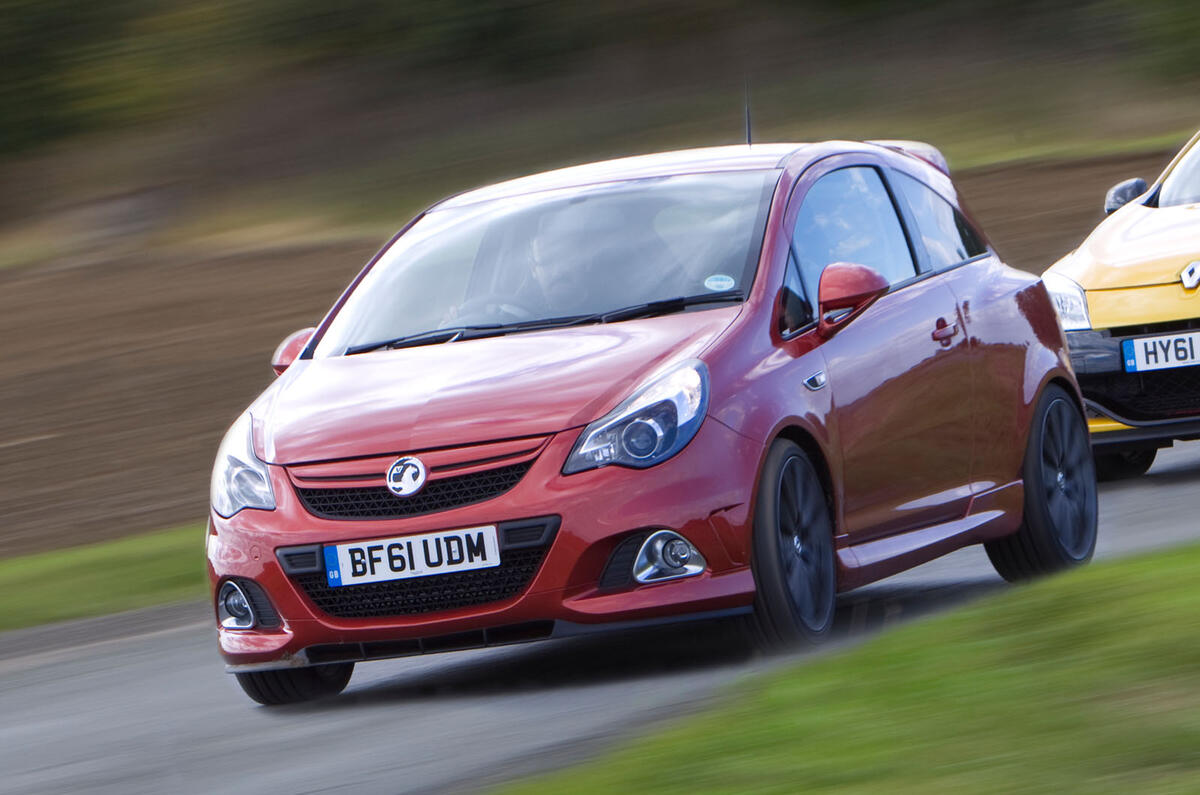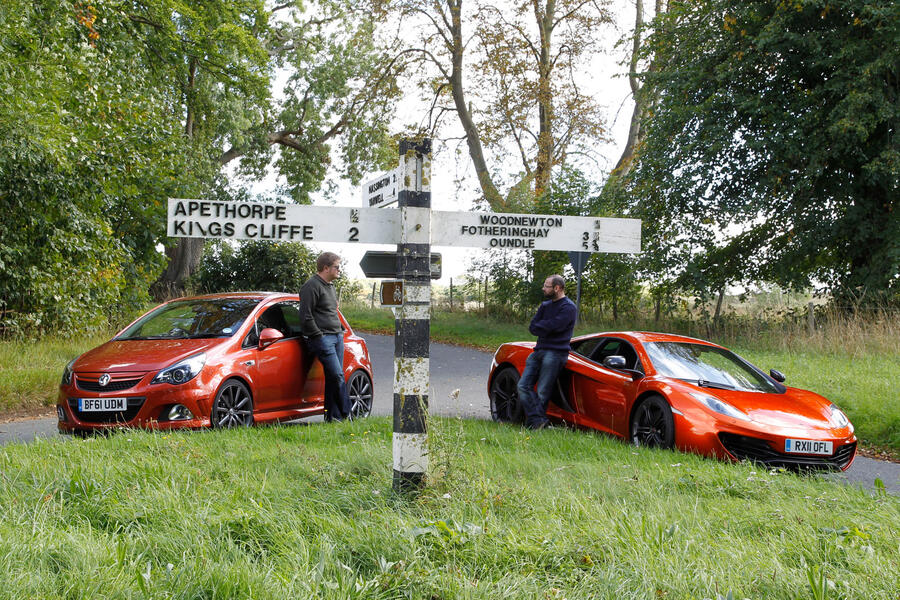You see that squiggly little map of the Nordschliefe stuck to the rear ends of quite a few cars these days.
Quite often they’re BMWs, and if not from Munich they’re usually performance machines that might even have visited the track represented by this stick-on cartography. Occasionally said decal will be applied in irony, perhaps to the rear-end of an imported Mazda Bongo or a Vauxhall Astravan. Although the commitment with which the latter are usually driven somewhat diminishes the irony.
And it’s Vauxhall that at one point decided to do the adorning itself, applying an outline of the Nürburgring’s north circuit - aka the Green Hell - not only to the tailgate of a run of Corsa VXR Nürburgings - but also their ‘B’ pillars and grilles, too.
Given the endless runs of frequently quite lame supermini limited editions it would be easy to conclude that this VXR variant was another of the same, its mini-maps signifying trim and equipment fiddlings, and no tweaks for the 189bhp VXR powertrain. But no - there was a lot more to it than this.
Which was just as well given that this VXR’s creators, GM’s Opel Performance Centre in Germany, boldly labeled it ‘Nürburgring’.

Given the track’s reputation, and the fact that you can buy laps in your own car, this amounts to more than a drum-roll’s worth of expectation. If you were a keen Corsa-ist, you might notice the Nürburgring’s lower ride height, a special set of gunmetal 10-spoke alloys and a pair of fat exhaust pipes erupting from the ends of black diffuser. A glance inside would reveal a sizeable pair of promisingly racy Recaro seats, complete with cut-outs for a full race harness. With all this virtue signaling, the Opel’s Performance Centre was already in deep, and would have to deliver.





Join the debate
Add your comment